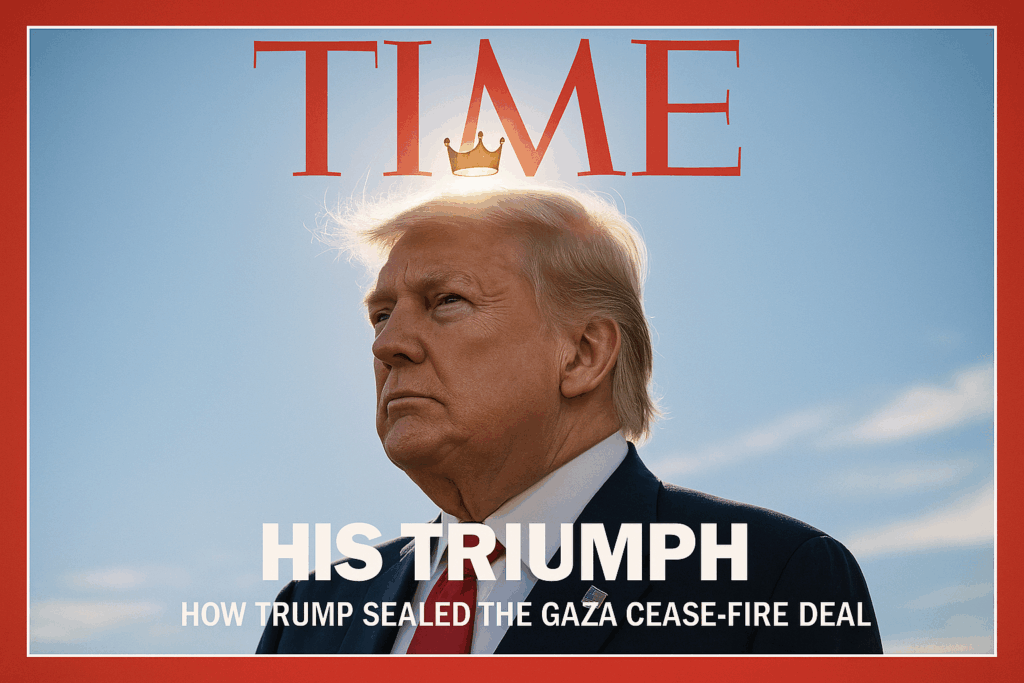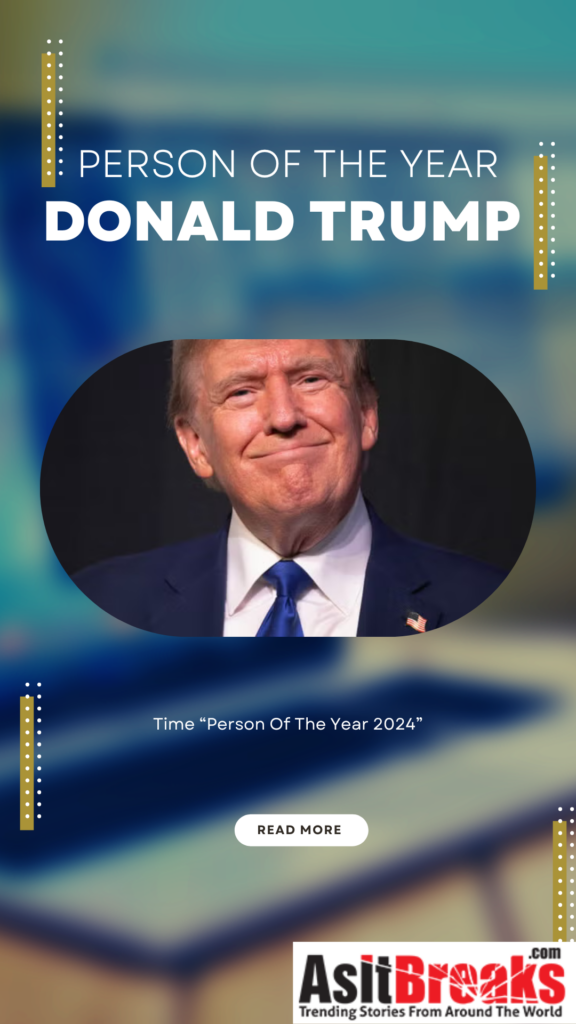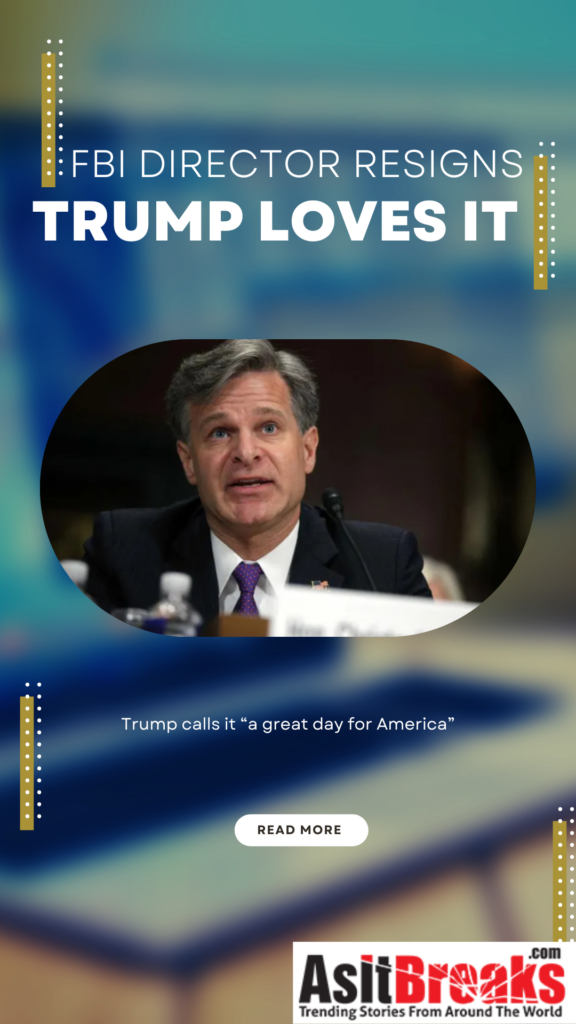President Donald Trump sharply rebuked Time magazine for its latest cover portrait. He accused the publication of choosing an image that “disappeared” his hair and superimposed a “floating crown.” The public clash highlights how, even as his foreign policy gains traction, the optics of power remain fiercely contested.
“Time Magazine wrote a relatively good story about me, but the picture may be the Worst of All Time,” Trump posted early Tuesday on Truth Social. He added: “They ‘disappeared’ my hair, and put something floating above my head like a crown—an extremely small one. Really weird!”
The cover accompanies Time’s Nov. 10 issue, headlined “His Triumph.” It frames Trump’s role in brokering a Gaza ceasefire as a possible signature accomplishment of his second term. The image was shot from a low angle with his head partially blocking the sun. This allows light to mingle with stray strands of his hair—an effect Trump said made it nearly vanish. “I never liked taking pictures from underneath,” he said. “But this is a super bad picture and deserves to be called out. What are they doing, and why?”
Despite his aesthetic objections, Trump acknowledged the accompanying article was solid in substance. The Time feature emphasizes how his administration—with heavy involvement from his cabinet—negotiated the release of 20 Israeli hostages. It also secured the return of nearly 2,000 Palestinian prisoners. The magazine suggests this ceasefire might herald a “new era” for Middle East diplomacy.
During his diplomatic swing through Israel and Egypt, Trump drew warm receptions. Egyptian President Abdel Fattah el-Sissi publicly asserted that “only he” could achieve peace in the region. This underscores the weight some leaders assign to Trump’s role as mediator. In Israel, Trump addressed the Knesset and called the breakthrough “not only the end of a war … the beginning of the age of faith and hope and of God.”
Trump returned stateside in the early hours, navigating both international praise and domestic pageantry. He is scheduled to posthumously award the Presidential Medal of Freedom to the late conservative activist Charlie Kirk, killed last month. Kirk would have turned 32 on Oct. 14 and was fatally shot during a debate event at Utah Valley University. Trump praised Kirk in past statements as “a giant of his generation” and moved quickly to schedule the White House ceremony.
That Kirk is being honored now illustrates how Trump seeks to fuse political symbolism with personal narrative. The image controversy with Time and the medal ceremony both underscore his fixation with story control. This applies whether through visuals or legacy.
Critics argue the ceasefire agreement, though significant, remains fragile. Some analysts caution that enforcement and further negotiation will determine whether this becomes a durable achievement or a fleeting headline. Yet the convergence of praise, political theater, and visual battles reveals much about today’s media age. It shows how much weight an image carries and how vocal a president will be when he feels it misrepresents his power.
Ultimately, Trump’s rebuke of Time may itself be a performance—reminding observers that, for him, victory is about perception as much as policy.


